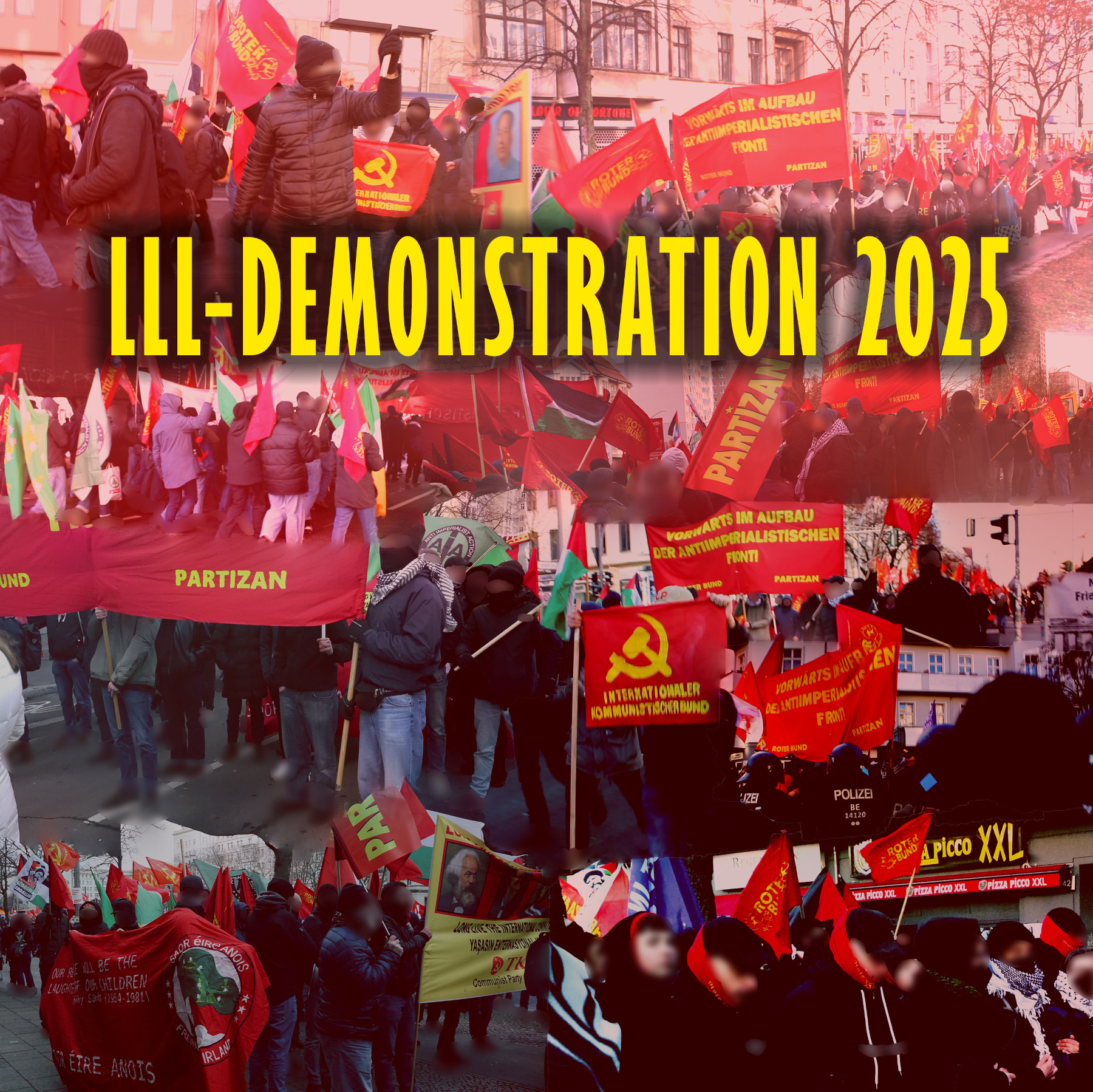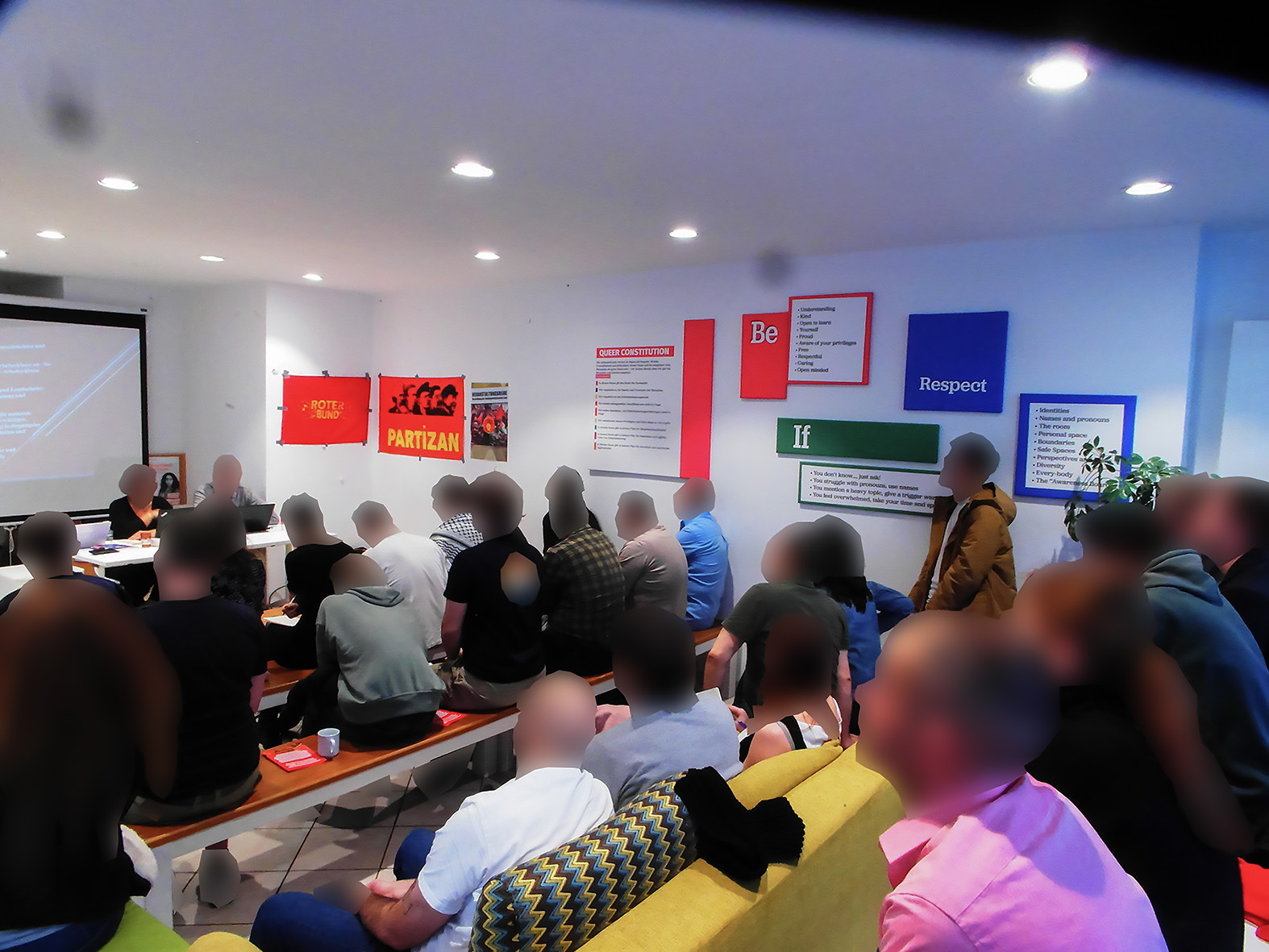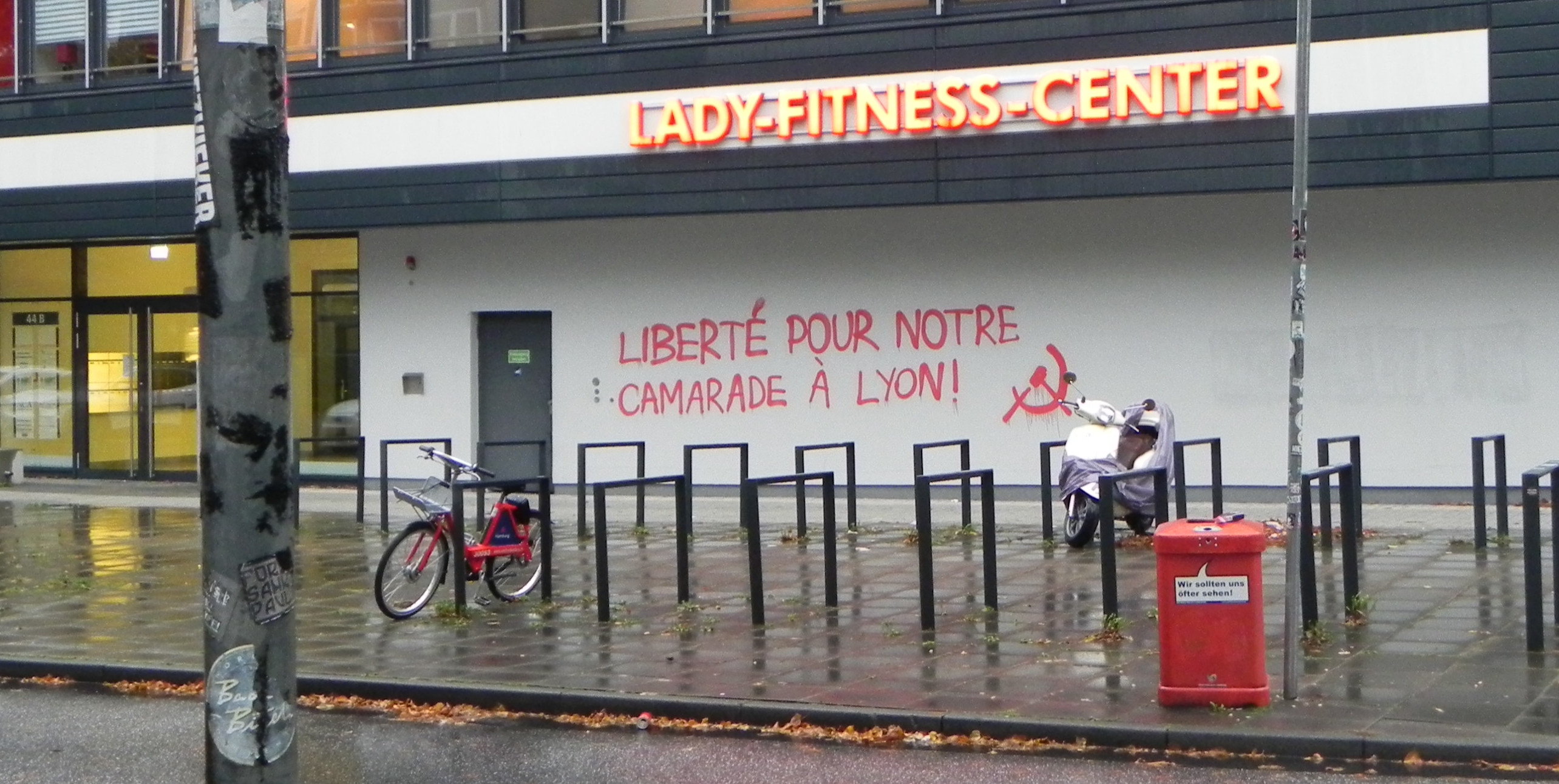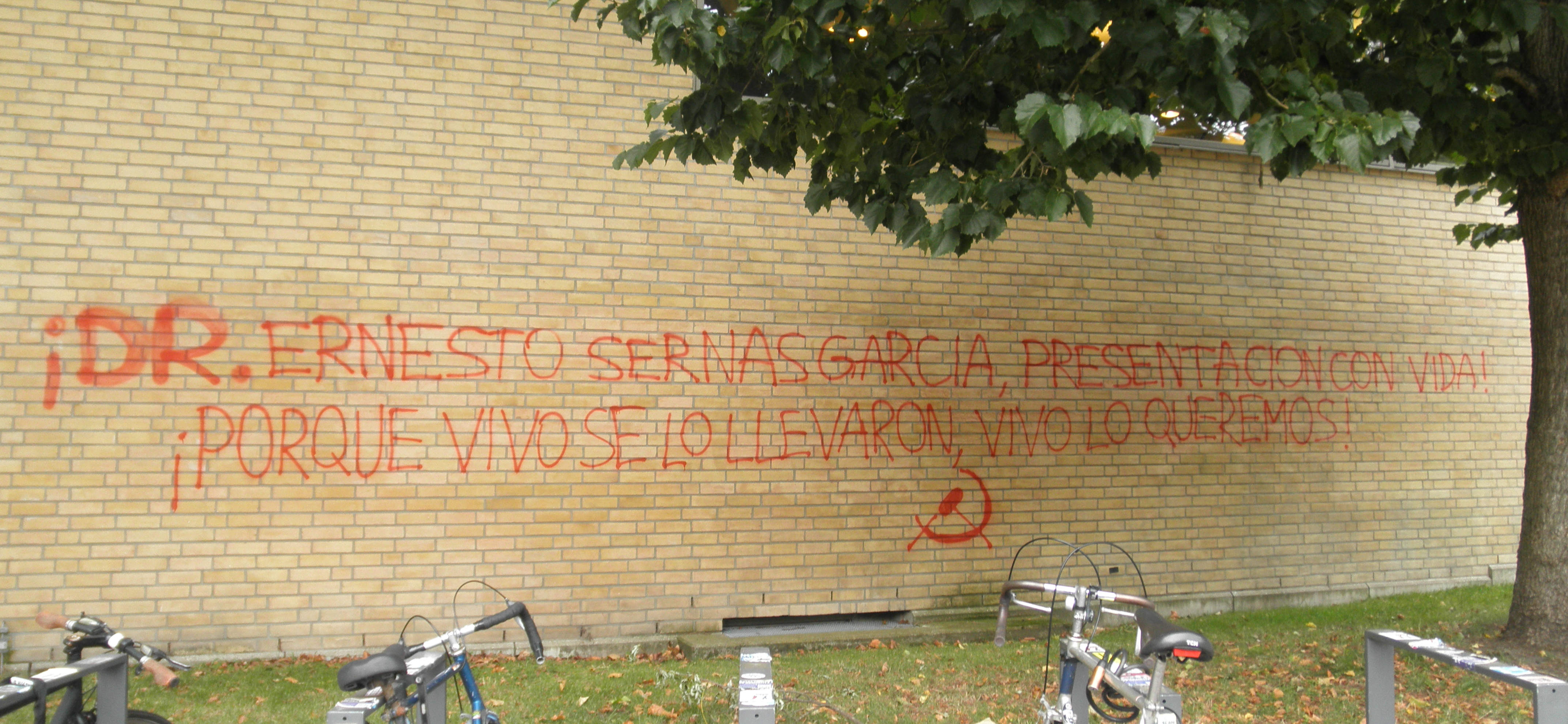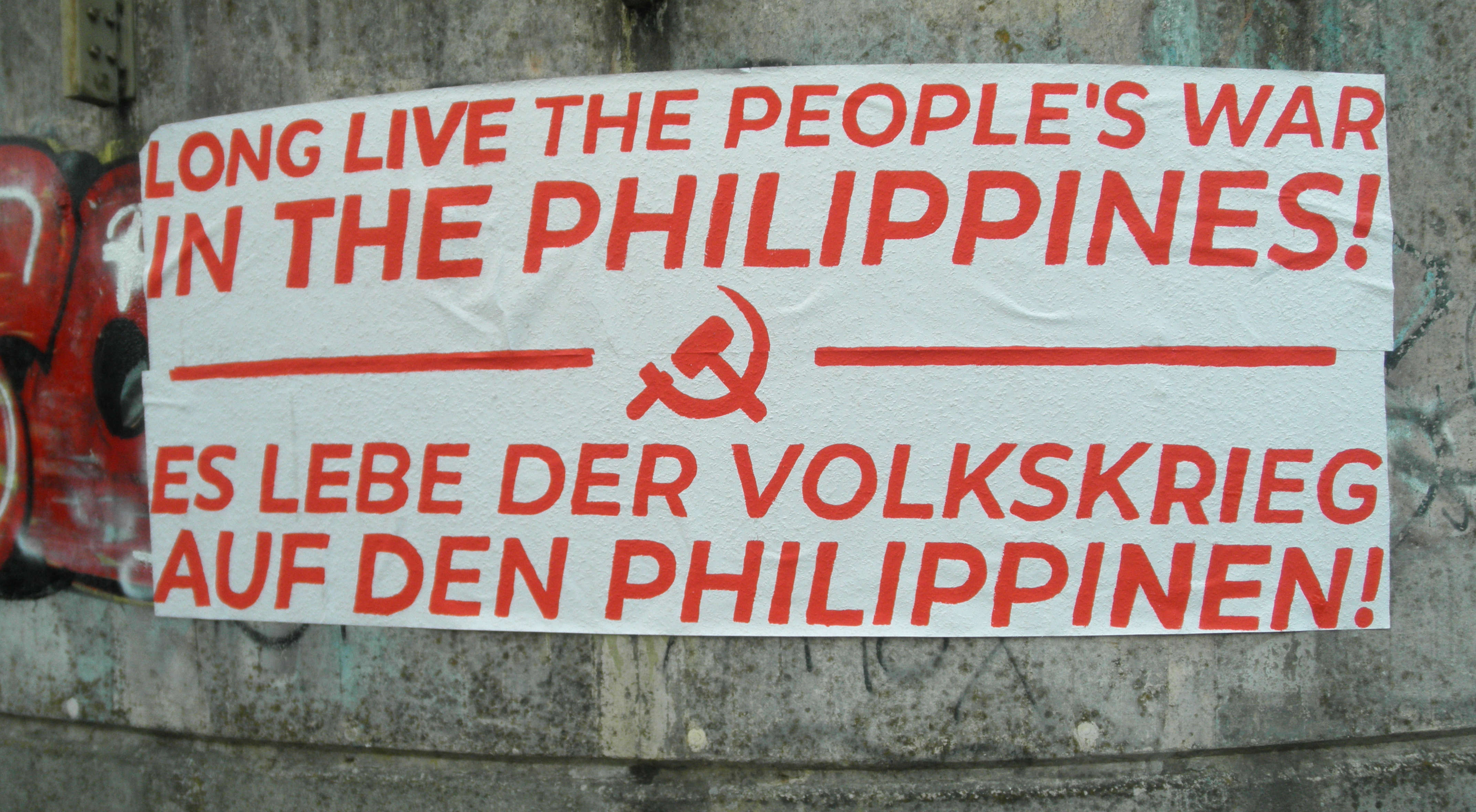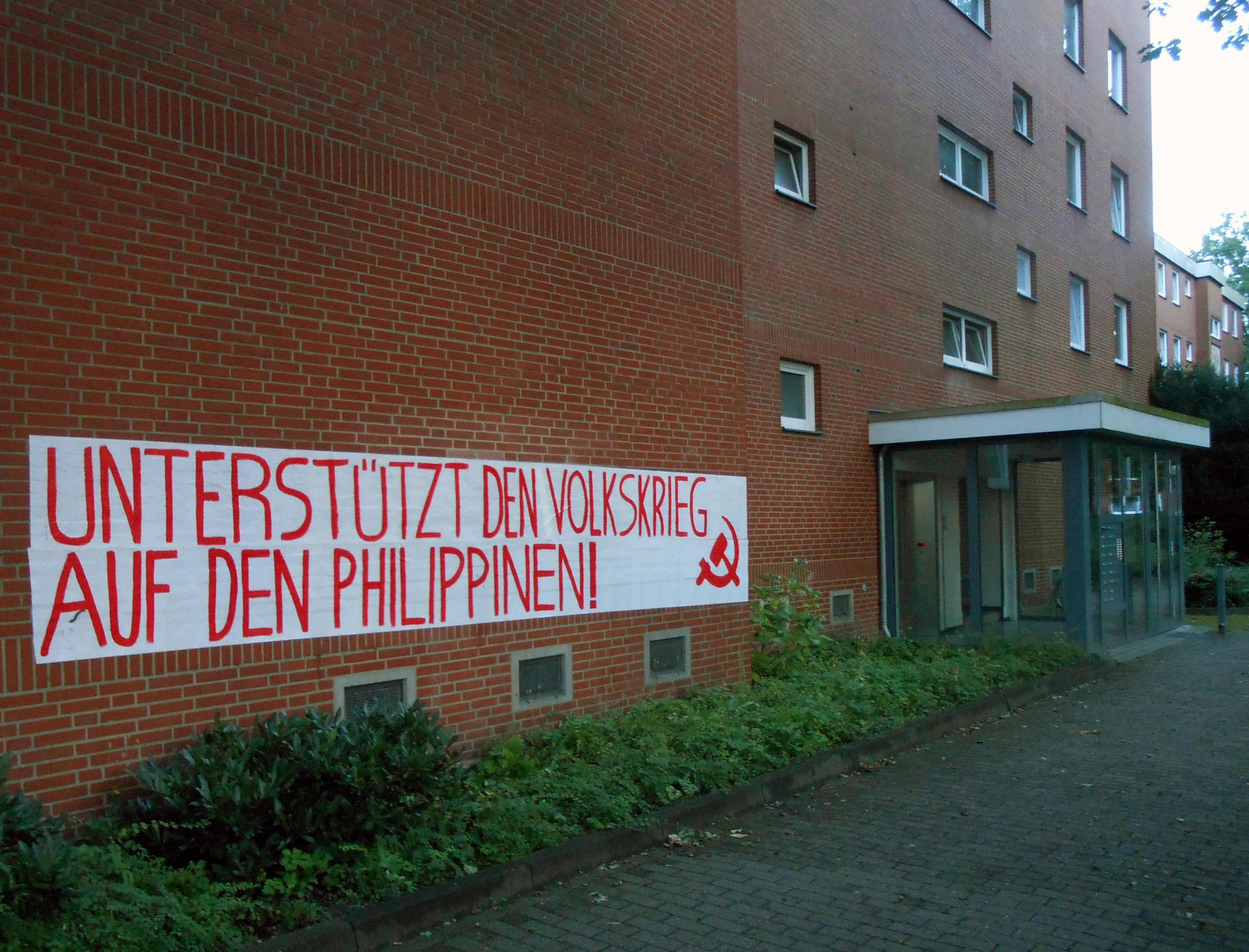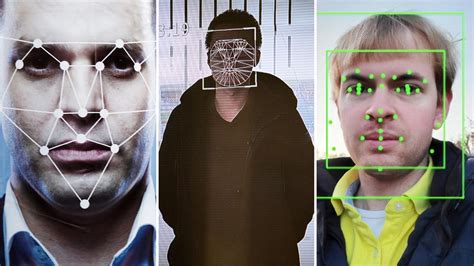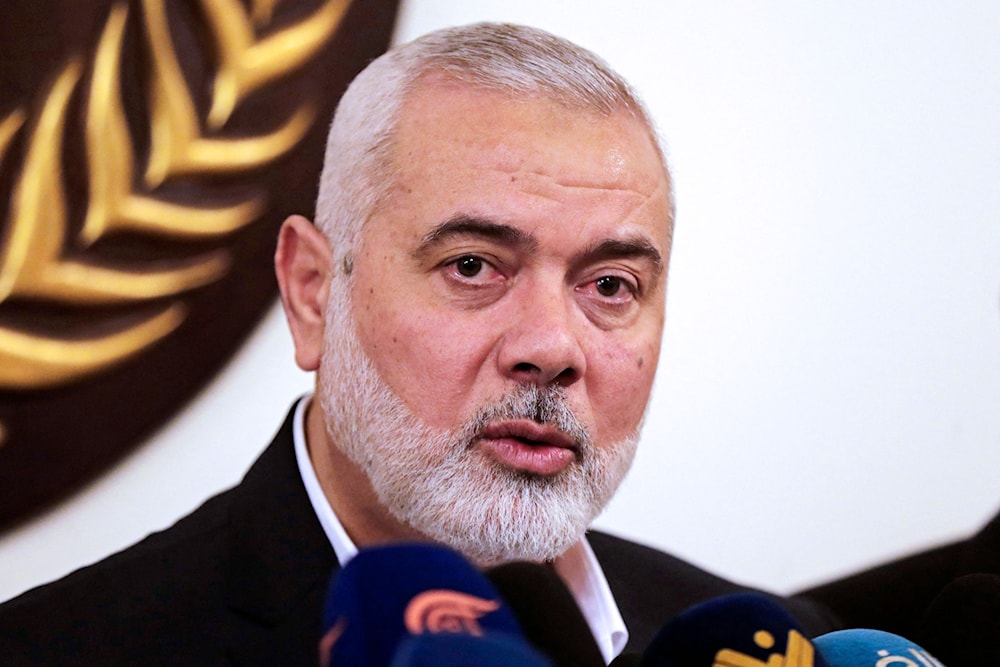Graffiti is something we are all familiar with. You can see it on every corner in every city. The number of illegally applied tags and graffiti is increasing in various places in Baden Württemberg. The various cities take actions against these activities with using different methods.
The bourgeois media Tagesschau conducted a survey on this topic in various cities in the state. In this survey, the cities of Ulm and Pforzheim reported an increase of illegal graffiti. The city of Esslingen also reported the feeling of a trend towards an increase. However, there is no precise documentation with concrete figures. This is the case in many places, as the night-time spray-painting is often not reported and often only noticed quite late by the official "owners" of the areas.
The increase in graffiti includes various tags and artistic lettering as well as political slogans. The city of Ulm has also reported an increase in explicitly political graffiti since the start of the the Al-Aqsa flood, the counteroffensive of the Palestinian resistance on October 7. In Esslingen, too, there are reports of explicitly political slogans among the spray-painted graffiti. According to the spokesperson of the city, such slogans appear particularly frequently at election times.
The various local government officials in the respective cities all agree that they want to take action against it. The mayor of Tübingen, Boris Palmer, writes his anger about graffiti artists in Facebook posts. However, he also specifically appeals to German denunciation and fuels it with a bounty of 5,000 euros, which is to be given for tips that lead to the arrest of illegal sprayers. In Karlsruhe, the special commission "Soko Schmierfink" was founded in 2018. The aim of this was to take intensive action against graffiti and stickers in the city. Even though the project was only intended to run for two years when it was launched, it continues to this day. There are also special anti-graffiti projects in Offenburg and Pforzheim. In these, the cities subsidize the removal of graffiti financially. The aim is to ensure that the graffiti is removed as quickly as possible so that sprayers do not gain satisfaction from the visibility of their actions.
In addition to repression and quick removal from public spaces, there is also another means by which those in power take action against illegal graffiti. Some cities present themselves as alternative and youth-oriented by creating many areas that are allowed to be used as legal graffiti walls. The city of Offenburg is a good example for this. Numerous such areas have also been created there. However, the German-French "Double Trouble Jam" festival also takes place there in July, in which the city provides opportunities for sprayers to spray their works legally. Some well-known graffiti artists such as Markus Schwendemann and Stefan Strumbel began their artistic careers in Offenburg as illegal sprayers until they were brought out of illegality by such projects. The consequence of this is that the artists can simply make their paintings and earn money with this, but on the other hand they also become conformist. The aim of such measures is precisely that. To tame the so-called graffiti scene and turn it into a subculture that plays by the rules of those in power, follows their laws and does not spread any uncomfortable messages.
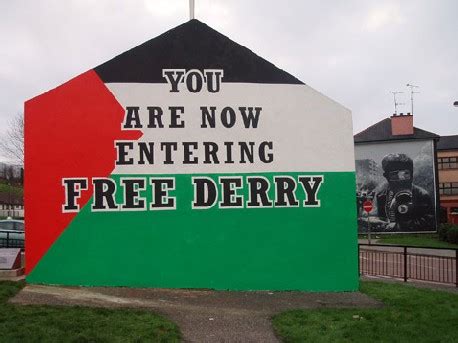
Mural in Derry (Irland) in solidarity with the struggle in palestine
While graffiti and paintings is on the one hand a relevant part of a rebellious youth culture, on the other hand it is also an important political platform to spread opinions and positions and bring them to the public. While the richs of the bourgeoisie have the media and can afford to spend large sums of money to use billboards for their messages, the people have nothing but the walls in their neighborhoods to express their opinions. In numerous revolutionary processes around the world, be it the revolutionary struggles in Russia, the Cultural Revolution in China or even now in actual anti-imperialist struggles such as in Ireland and Palestine, wherever the masses have been in great movement, they have taken their walls to spread their positions. It is irrelevant if we are talking about supposedly meaningless artistic tags or political slogans. The walls in the cities do not belong to the bourgeoisie, they belong to the people. And regardless of the laws of the rulers, the people have every right to take these walls.
Source main-picture: Stuttgarter Zeitung
Source second picture: Indymedia.ie


